
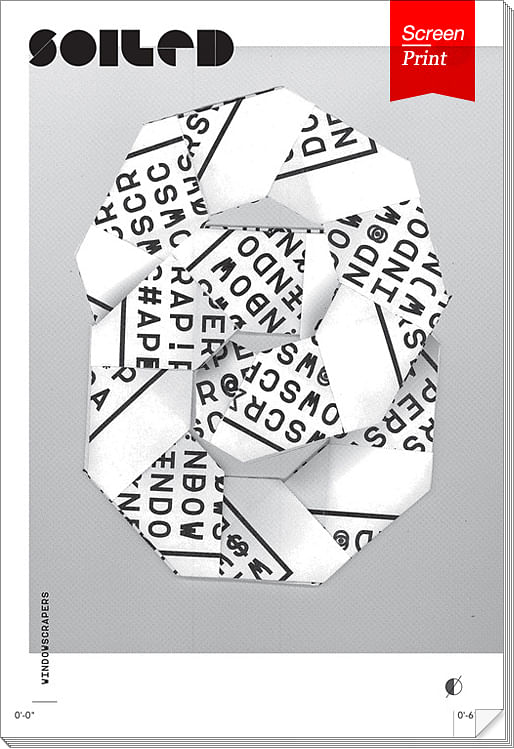
Screen/Print is an experimentation in translation across media, featuring a close-up digital look at printed architectural writing. Divorcing content from the physical page, the series lends a new perspective to nuanced architectural thought.
For this issue, we’re featuring SOILED magazine’s fourth issue, Windowscrapers.
Do you run an architectural publication? Are you particularly excited about an upcoming periodical? If you’d like to submit a piece of writing to Screen/Print, please send us a message.
For its inaugural feature, Screen/Print is excited to present SOILED magazine’s Windowscrapers. SOILED gets its hands dirty unknitting the systems-fabric of the built environment's varied networks, through whatever collaborative means necessary. Self-identifying as “calibrated filth”, SOILED is published by Cartogram, an architecture and urban design studio based in Chicago.
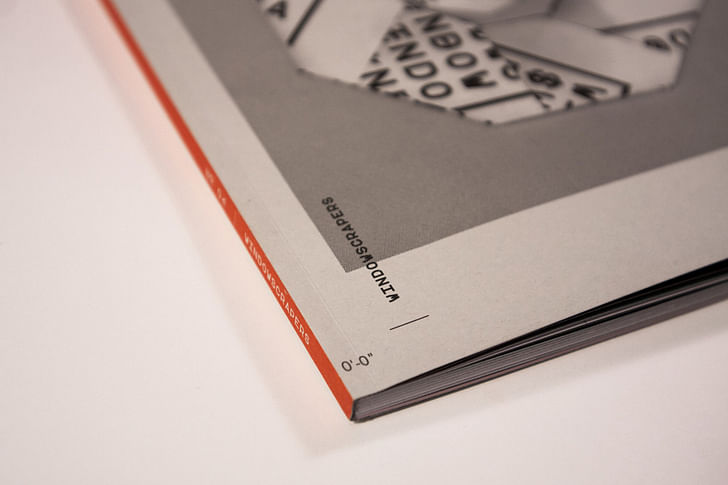
As the magazine’s fourth issue, Windowscrapers continues SOILED’s architectural discourse as an open collaboration -- this particular issue playing on the dialectical implications of glass, with elaborations on “transparency, refractivity, and reflectivity” within an urban existence.
Screen/Print’s featured excerpt, “Land of 1,000 Views / Who In the World?”, is the very first product of SOILED’s new experimental collaborative method, pairing creators from disparate disciplines within a single feature. For “Land of 1,000 Views”, architectural designer Adrianne Jørgensen illustrated a world inspired by architectural 2-D drafting, and writer Mari Altshuler crafted encounters between the world’s inhabitants. From Windowscrapers' editorial introduction to the piece: “We’ve grown to be a race of peeping Toms; what people should do is stand outside their own houses and look in once in awhile.”
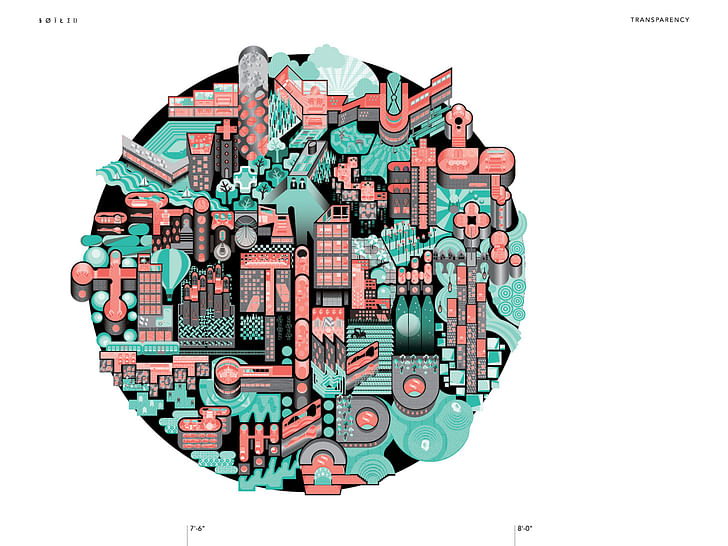
Here’s a sneak peek at Altshuler and Jørgensen’s “Land of 1,000 Views / Who In the World?”. The full issue of Windowscrapers in beautiful physical form is available through SOILED’s website.

Greg resents the term Bird Man. About a year ago, he meticulously calculated the percentage of time he spends in each part of his day, and based on his calculations, he determined the label to be completely inappropriate. Greg is behind the front desk of the library thirty-four percent of his time. It would be thirty-three decimal unending three if it weren't for the fact that Greg is always a bit early, so he earns that extra seven tenths of a percent. Sleep however is exactly thirty-three decimal unending three percent. Eight hours always with the only exceptions being occasional cases of extreme indigestion. Four percent of Greg’s time is spent walking to and from work, nine percent is in front of the television, and thirteen percent is consumed by preparing meals and eating them. No one calls him Library Man, Sleep Man, TV Man, or Food Man all of which would be more legitimate nomenclature. Add all of that together, subtract what you get from one hundred, and anyone can see that Greg is only birding for seven percent of the day. No one calls him Library Man, Sleep Man, TV Man, or Food Man all of which would be more legitimate nomenclature. Yes, Greg acknowledges that he hasn’t seen anyone else stop and quietly chirp alongside the magpies and towhees for more than a few fleeting moments. But it’s on his way home. He doesn’t cross a single extra street. Everyone seeks commute efficiency, right? He has explained this entire situation to the past six people who have called him Bird Man. Five of those people repeated the offense within less than a week. Greg is currently seeking methods for attaining a higher rate of success.
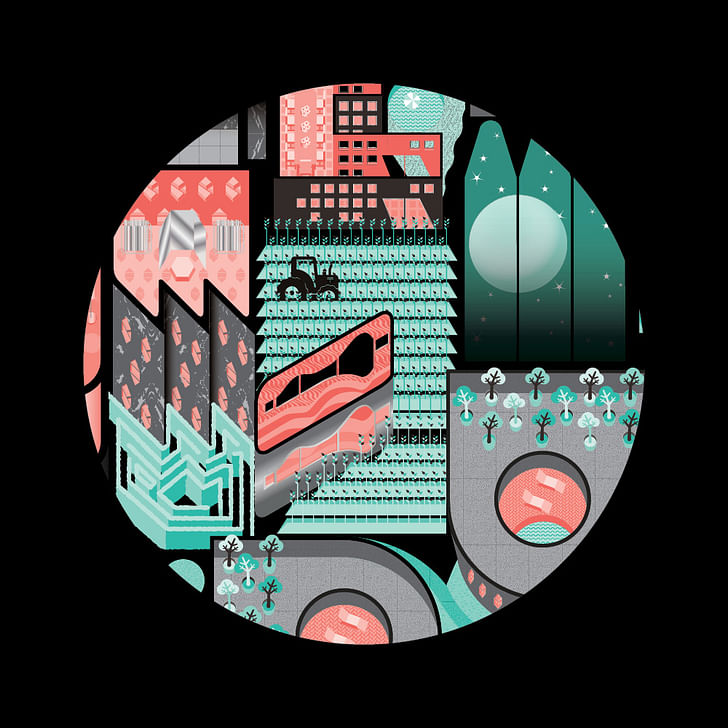
Janette has to intentionally lower her voice at about eight every evening. That’s also when she pops her first throat lozenge of the day. A few Halls, some lemon tea with honey, and a shot of whiskey does the nightly trick of soothing her overused vocal chords and preparing them for tomorrow. “It’s that damn tractor,” she explains to whoever is there and listening in the moment. A few Halls, some lemon tea with honey, and a shot of whiskey does the nightly trick It goes the same each time: suddenly, the background noise that she has completely forgotten about because it has been so steady for hours on end disappears, and she finds herself practically yelling without any reason to yell. It would be embarrassing for most people, but for Janette, it has become a part of her trademark. People feel that they’re legitimate regulars if they know about Janette’s routine shouts. The three guys who are always in the south pod place bets on the exact minute it’s going to happen. Whoever wins buys the next round. Janette is the proud owner of Merl and Lois’s Speakeasy, located just west of the Jameson Family Farm. Wheat is what they grow and tractor is what they do. To get to the bottom of the never-ending tractor, Janette once put on an overly friendly act and approached Mr. Jameson himself. “Seems like you’re always working Mr. Jameson; do your plants grow all the time all year long?” He of course said yes, and was surprised she wasn’t able to tell that that was the case from the constant tractor use. “What an impressive harvest,” Janette responded. She’s been researching cost-effective noise barriers ever since.

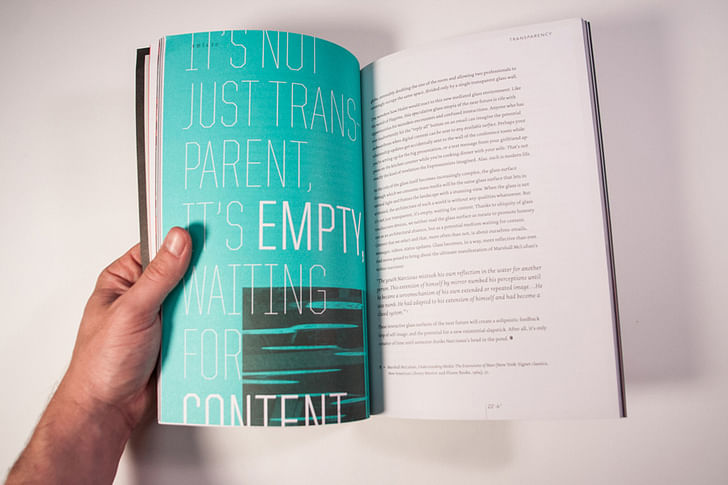
SOILED is driven by an editorial team of architects, writer and designers, and (more recently) a successful Kickstarter campaign, that has allowed them to produce a print-run of 1,000 issues, stocked in stores across the US. Windowscrapers continues SOILED’s tradition of featuring contributors from a variety of disciplines, insisting that architectural discourse should be open for anyone’s consumption and creation. Submissions are currently being reviewed for Cloudscrapers, SOILED’s fifth issue.

Also in Windowscrapers:
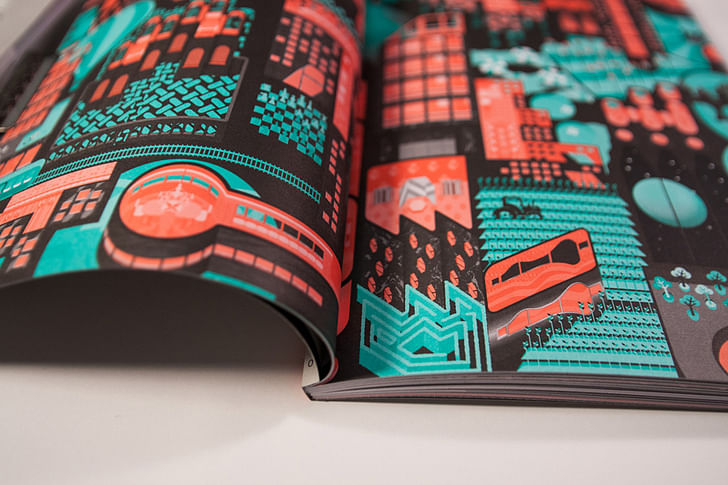

Former Managing Editor and Podcast Co-Producer for Archinect. I write, go to the movies, walk around and listen to the radio. My interests revolve around cognitive urban theory, psycholinguistics and food.Currently freelancing. Be in touch through longhyphen@gmail.com
1 Comment
This sounds/looks like such a fun book. I just went to a lecture by Rachel Armstrong talking about overall systems. In her case it's more biological and ecological, but this story excerpt makes me think about human stories that also make a system of a city. Of course humans are also biological, which means cities where humans live are biological systems even if most of their structures are non-living material.
The point being, the intersection of stories and buildings is so lovely. Adding speculative drawings to the mix is even better.
Block this user
Are you sure you want to block this user and hide all related comments throughout the site?
Archinect
This is your first comment on Archinect. Your comment will be visible once approved.